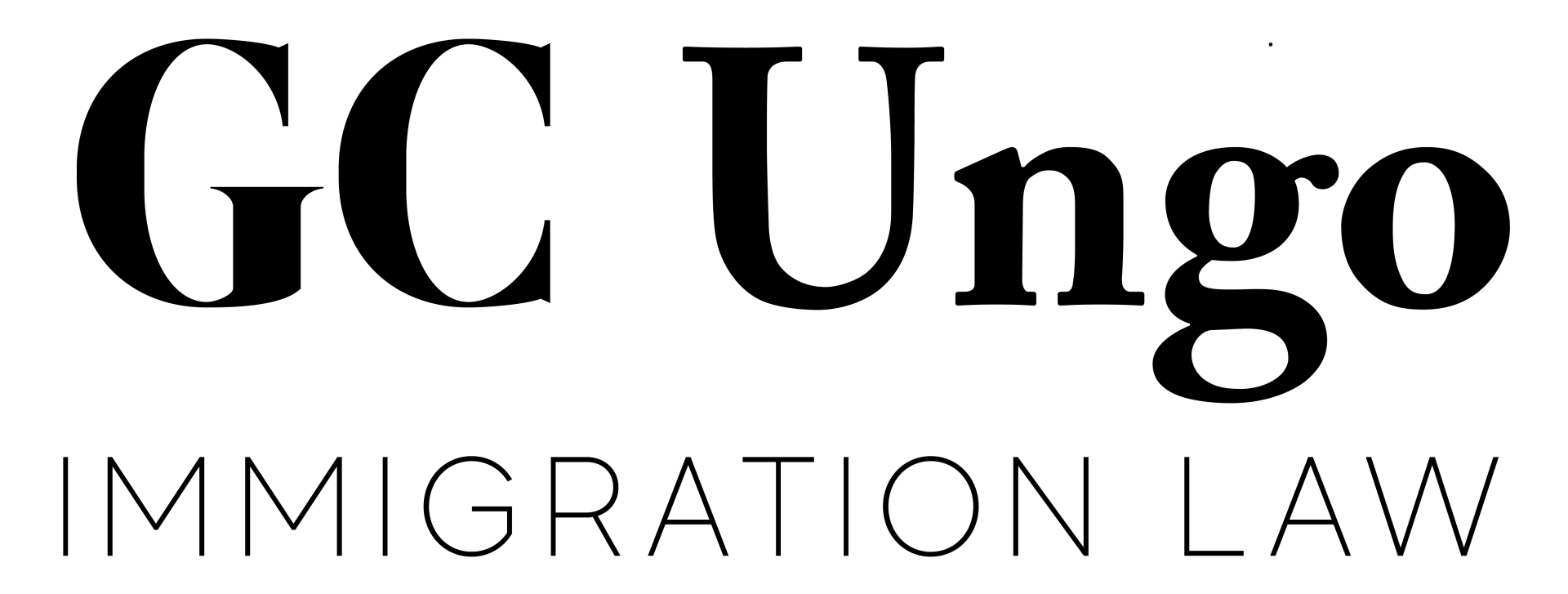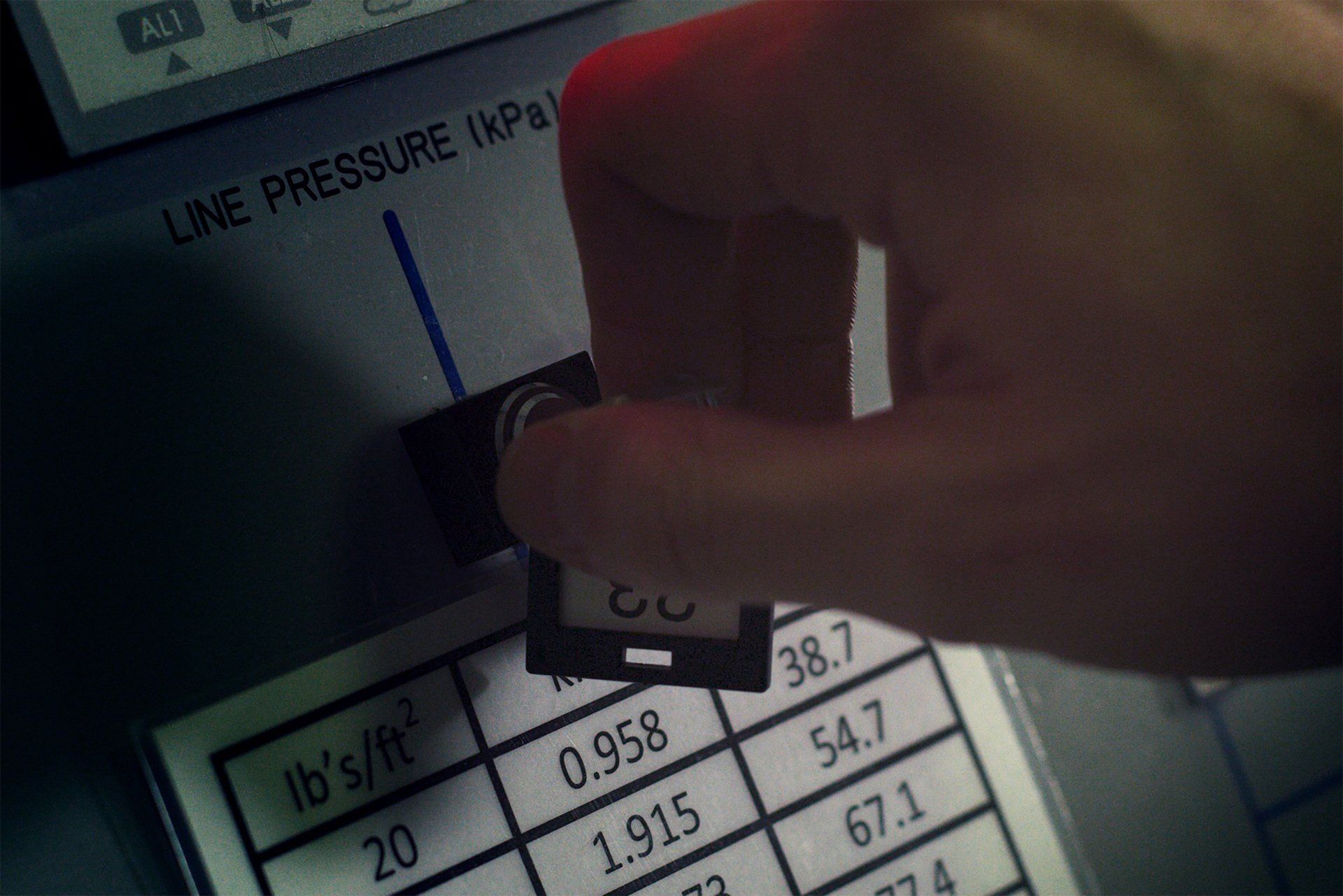COVID-19 Impact on H-1B Visa Employment
M. Gabriela Ungo • April 20, 2020
COVID-19 pandemic has had an enormous impact on the highly regulated area H-1B visa employment. The H-1B visa program allows U.S. Employers to temporarily employ foreign workers in the U.S. on a nonimmigrant basis in specialty occupations or as fashion models of distinguished merit and ability. It is jointly regulated by the U.S. Citizenship and Immigration Service (USCIS) and the U.S. Department of Labor (DOL). DOL regulations are specifically aimed at protecting U.S. workers. The notice to U.S. workers that an H-1B worker is being hired, is a key requirement of the regulations.
Another special rule is a requirement that Employers submit a Labor Condition Application (LCA) with DOL prior to filing an H-1B petition. On an LCA, Employers make several attestations, including that they will pay the H-1B workers the same wages and benefits of similarly qualified U.S. workers. The LCA must contain the
actual wage
and
job location. It also
must be posted
in two conspicuous locations at the employee’s work site.
These H-1B employment obligations may be difficult to meet while undertaking work-from-home policies, layoffs, furloughs and other actions as a result of the COVID-19 pandemic. If there are any material changes to the employment, a
new LCA
must be filed as well as a
new or amended H-1B visa petition. Material changes include:
- Posible decrease in salary
- Increase/decrease in hours worked
- Change in job site
- Position title change
- Promotions or demotions
LCA / H-1B Penalties: The DOL vigorously enforces LCAs attestations and the penalties depend on the type of violation. Companies with H1B visa employees need to ensure that their Public Access Files (PAFs) are properly maintained and updated. PAFs should be publicly available for inspection within one day of the filing of the LCA and maintained for one year past the final date any foreign national is employed pursuant to the LCA.
The following Q&A is designed to assist Employers and their H-1B workers as they face hard decisions during these unprecedented times:
How can an Employer fulfill the Notice of Filing obligation while our office is temporarily closed?
Employers have to give notice to U.S. workers, either as hard-copy posting at the actual worksite(s) or through electronic notice. The electronic notice may be on the company’s intranet or in its newsletter, or failing that, via direct e-mail to affected employees. Such notice must be posted on or within 30 days prior to the LCA being filed and must remain posted for at least 10 days.
However, during COVID-19 pandemic, notices are not visible in an office where no one is working. The most conservative approach would be to provide notice to employees electronically, either through the company’s intranet or, if it doesn’t have one, via direct email. If other U.S. employees lack computer access, hard copies of the notice may be mailed individually to each worker.
The quarantine has forced our employees to work from home or remotely. What steps should an H-1B Employer take?
There are several possible scenarios:
- If, at the time of filing an H-1B petition, the employer contemplates providing the option to work from home, LCA posting notices should be posted both at the employer’s office where the H-1B worker will work and at his or her home office.
- If remote work arrangements from home are not contemplated in the LCA, the Employer is not required to file a new LCA or amend and H-1B petition if employee's remote location is within the same metropolitan statistical area (MSA) or normal commuting distance, LCA's job site. However, the employee must post the LCA at their home for 10 consecutive days and then stored in the employer’s Public Access File after they are taken down.
- If the employee’s home is outside the MSA in which the worksite listed on LCA is located, the following rules apply:
- If quarantine lasts less than 30 days, the Employer can consider using the “Short Term Placement” option under LCA regulations. This rule permits placing H-1B workers at a worksite not listed on its approved LCA for up to 30 workdays each year.
- If the quarantine lasts longer than 30 workdays, the employer will need to file a new LCA to cover the employee’s home location and comply with all of the LCA notice requirements. In addition, an amended H-1B petition must be filed.
As a result of the COVID-19 pandemic, many employers are being forced to make tough workforce decisions to deal with the significant economic impact and uncertainty. What are the H-1B regulations with regards to benching, furloughs, permanent layoffs or temporary layoffs?
H-1B workers cannot be "benched", or be subject to furloughs. The H-1B worker must be paid for any unproductive time off that is not 100% voluntary. In other words, H-1B workers must voluntarily take unpaid leave, or take paid time off. 20 CFR 655.731(c)(7)(ii), describes the “Circumstances where wages need not be paid.” It reads:
“If an H1B nonimmigrant experiences a period of non-productive status due to conditions unrelated to employment which take the non-immigrant away from his/her duties at his/her voluntary request and convenience (e.g. touring the U.S., caring for ill relative) or render the non-immigrant unable to work (e.g. maternity leave, automobile accident which temporarily incapacitates the nonimmigrant) then the employer shall not be obligated to pay the required wage during that period, provided that such period is not subject to payment under the employer’s benefit plan or other statuses, such as the Family And Medical Leave Act (29 U.S.C. 2601 et seq.) or the Americans with Disabilities Act (42 U.S.C. 12101 et seq.). Payment need not be made if there has been a bona fide termination of the employment relationship.”
If Employer elects to terminate, the H-1B worker should be informed and paid the reasonable cost of return transportation. The Employer must also withdraw the LCA with the DOL, withdraw the approved H-1B petition with USCIS. When terminated, the H-1B worker has a 60-day grace period
to leave the United States. The 60-day grace period applies only if authorized stay on the I-94 shows more than 60 days, otherwise, the I-94 date rules.
Can the Employer reduce a full-time H-1B worker to part-time position?
Yes. This is considered a material change to the employment that would require a new LCA and an amended H-1B petition.
Can the H-1B employee be paid a lower wage rate during the COVID-19 pandemic?
Employers must pay the required wage for the duration of the approved H-1B petition or until there is a bona fide termination of the H-1B worker’s employment.
Any wage adjustment different from the actual wage listed on the I-129 Petition (even if higher than the "prevailing wage"), needs an amended H-1B petition. Any reduction below the prevailing wage
would result in a violation of the employer’s obligations under the LCA.










